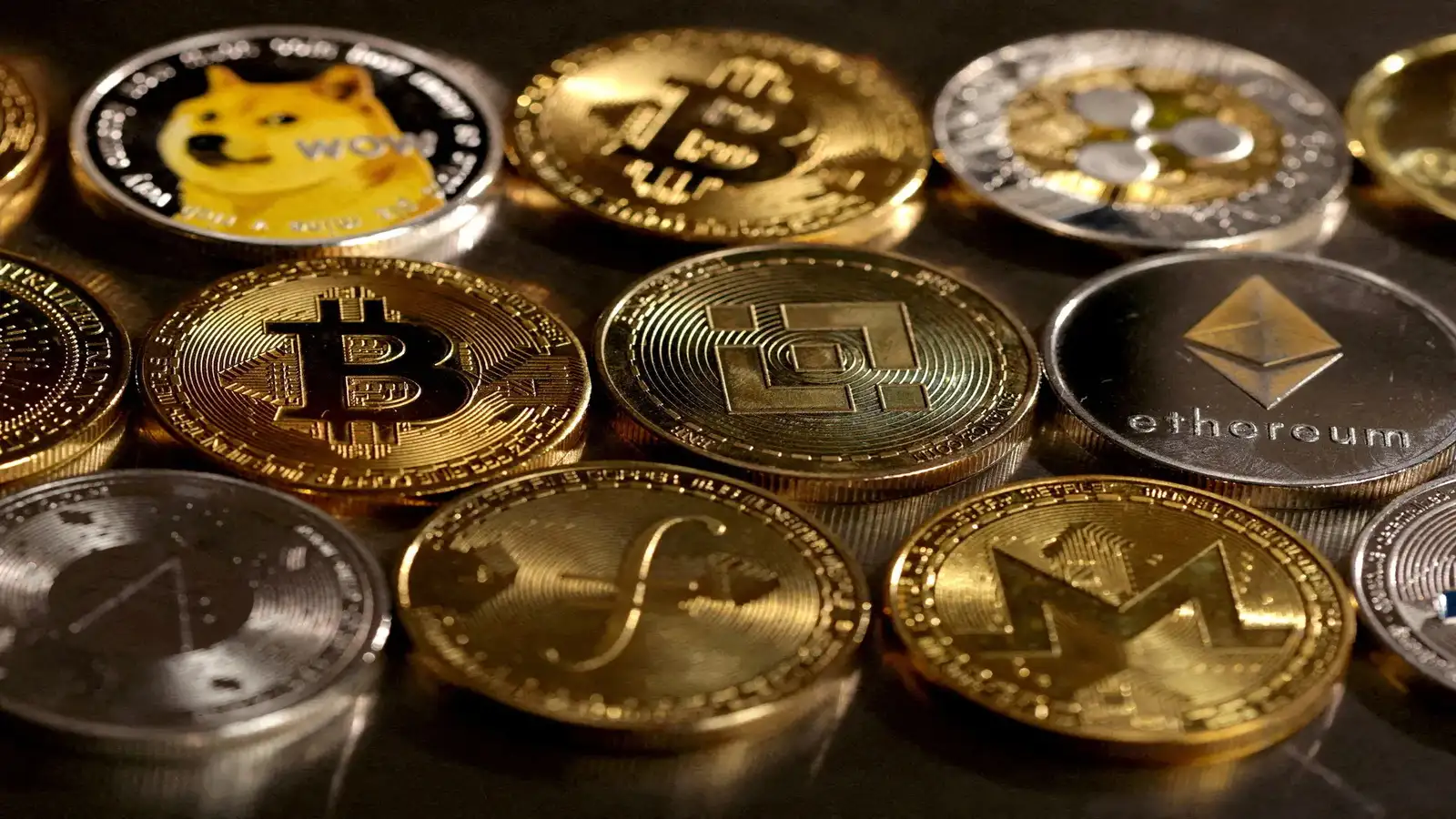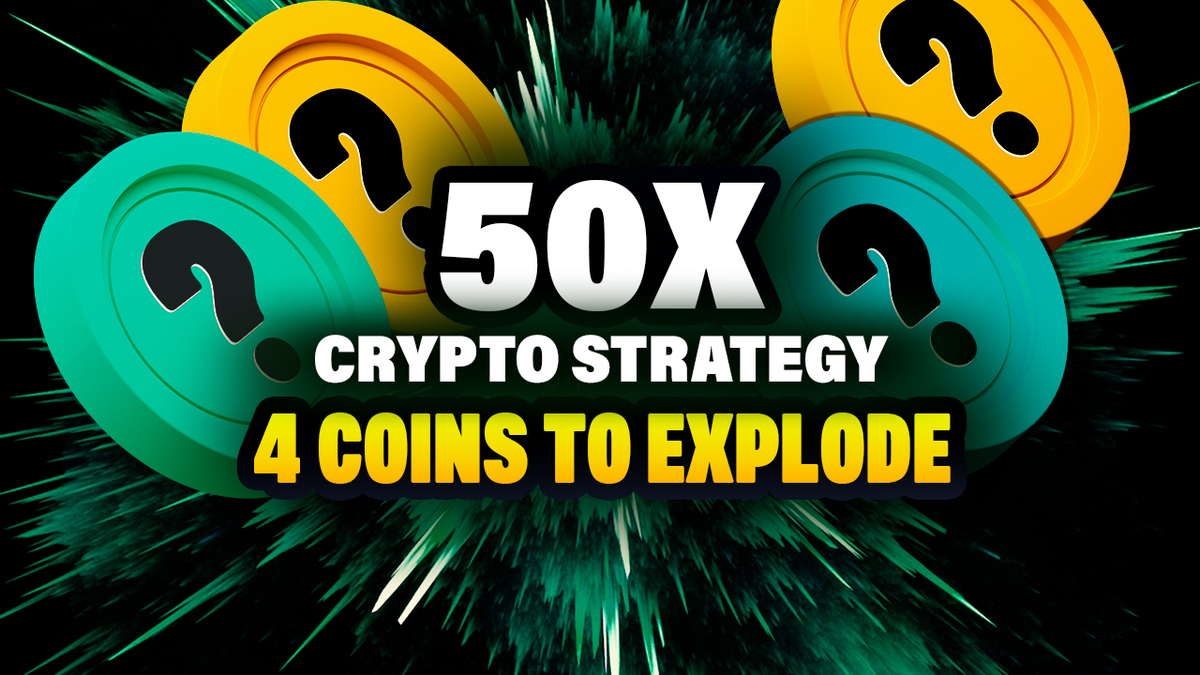
“` Ethereum Bulls Take Control: Short Liquidation Frenzy Fuels ETH Price Boom Ethereum’s price has been on a steady rise, catching the attention of traders, beginners,...

As the cryptocurrency market continues its dynamic journey, traders and investors are closely watching the impending expiration of Bitcoin (BTC) and Ethereum (ETH) options contracts. With...

The Challenge of De-Dollarization De-dollarization involves shifting away from using the U.S. dollar in international trade and finance. For African countries, this shift is seen as...

Stellar’s native cryptocurrency, XLM, has experienced a significant surge in July 2025, capturing the attention of investors and analysts alike. This upward momentum is largely attributed...

Best Low-Risk Cloud Mining Platforms in 2025: A Simple Guide for Everyday Crypto Earners With more people looking for simple ways to grow their money, cloud...

BlackRock, the world’s largest asset manager, has taken a significant step by filing to amend its Ethereum Exchange-Traded Fund (ETF) to include staking capabilities. This move,...

“` BlockDAG and Kaspa: Long-Term Growth Strategies Take Center Stage Cryptocurrency markets have always seen wild ups and downs, but certain coins are taking a more...

Recent revelations have sparked significant discussion regarding the United States government’s Bitcoin holdings. On July 15, 2025, independent journalist Lola Leetz obtained documents through a Freedom...

Ripple Labs, a prominent American-based payment company, has once again captured headlines with its latest achievement. The company continues to solidify its position in the financial...

As Bitcoin continues its impressive ascent, reaching new all-time highs, the cryptocurrency market is abuzz with excitement. Investors are on the lookout for altcoins that could...